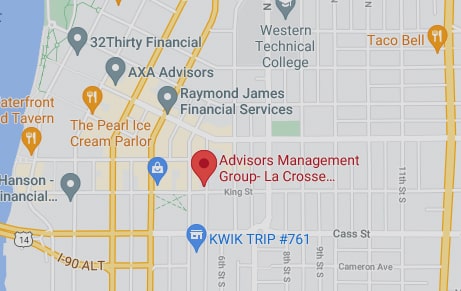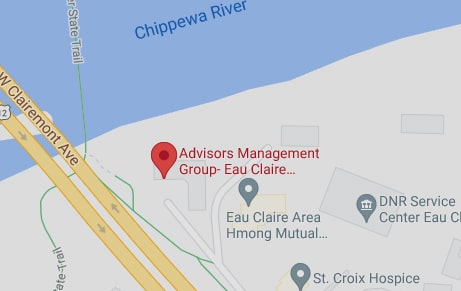Given the high cost of many prescription drugs, you sometimes are better off paying a lower cash price instead of using insurance. Why? Because, in some cases, the Medicare co-pay can be higher than the out-of-pocket expense for the same medicine, especially if you can use a discount coupon.
The strategy drew attention recently because of a new law that bans “gag clauses,” which had prevented pharmacists in some states from letting customers know about a lower price for their drugs if they paid cash or didn’t use insurance. The clauses had been regularly included in pharmacy contracts with insurers. The ban takes effect immediately for private insurance and is effective January 1, 2020, for Medicare Advantage and Part D prescription-drug plans. If you know to ask about a lower price, the pharmacist is permitted to tell you, even before the ban starts (see New Laws Lift ‘Gag Clauses’ on Pharmacists).
But what you may not realize is that if you have Medicare Part D or Medicare Advantage, and you pay the lower cash price at a pharmacy in your plan, the money you pay can count toward your out-of-pocket expenses. You will have to submit documentation to your Part D or Advantage plan, and you will be credited up to the amount of the co-payment or the co-insurance you would have paid under your insurance, says Julie Carter, senior federal policy associate at the Medicare Rights Center.
People definitely are not aware of this policy for the most part,” Carter says. “Still, all of the news around gag clauses and the cash price could mean people need to know this information more than before.”
Why It Matters
Having your out-of-pocket costs count under Medicare is important because the expenses you incur count toward getting you out of the coverage gap known as the doughnut hole. For 2018, once you and your plan have spent $3,750 on covered drugs, you’re in the doughnut hole. In the gap, you pay 35% of the costs of brand-name drugs and 44% of the cost for generics. Once you exceed $5,000 in out-of-pocket spending, you’re out of the coverage gap, and you automatically get “catastrophic coverage.” You face only a small co-insurance or co-payment of about 5% for covered drugs for the rest of the year. The coverage gap changes in 2019 (see below). Making sure your cash outlays for a drug count toward your total out-of-pocket costs can help you exit the coverage gap more quickly.
Some Medicare beneficiaries hear about the policy only if their pharmacist happens to know and shares the information, says Leslie Fried, senior director for benefits access at the National Council on Aging.
Though slightly hard to find, the policy is included in the Medicare Prescription Drug Benefit Manual at cms.gov (here’s a link to the policy; go to the chapter titled “Direct Member Reimbursement”). Call your Part D or Advantage plan to confirm it will count your expenses and to get information on the necessary documentation, Fried says.
You also should keep all your receipts. Then be sure to follow through and submit your documentation. “It will require you to jump through some hoops,” Fried says.
Doughnut Hole in 2019
Initial Coverage Period. You pay up to your annual deductible (the standard Part D deductible is $415). Then you pay 25% of prescription-drug costs up to $3,820.
Coverage Gap for Generics. For 2019, the doughnut hole closes for brand-name drugs — you pay 25% of those costs until reaching catastrophic coverage. But the coverage gap remains for generics — you pay 37% of those costs while in the coverage gap.
Exit the Gap. Once out-of-pocket costs total $5,100 in 2019, you exit the coverage gap. Catastrophic coverage kicks in, and you now pay the greater of 5% of drug costs or $3.40 for generics and $8.50 for brand-name drugs.
Source: Kiplinger.com



